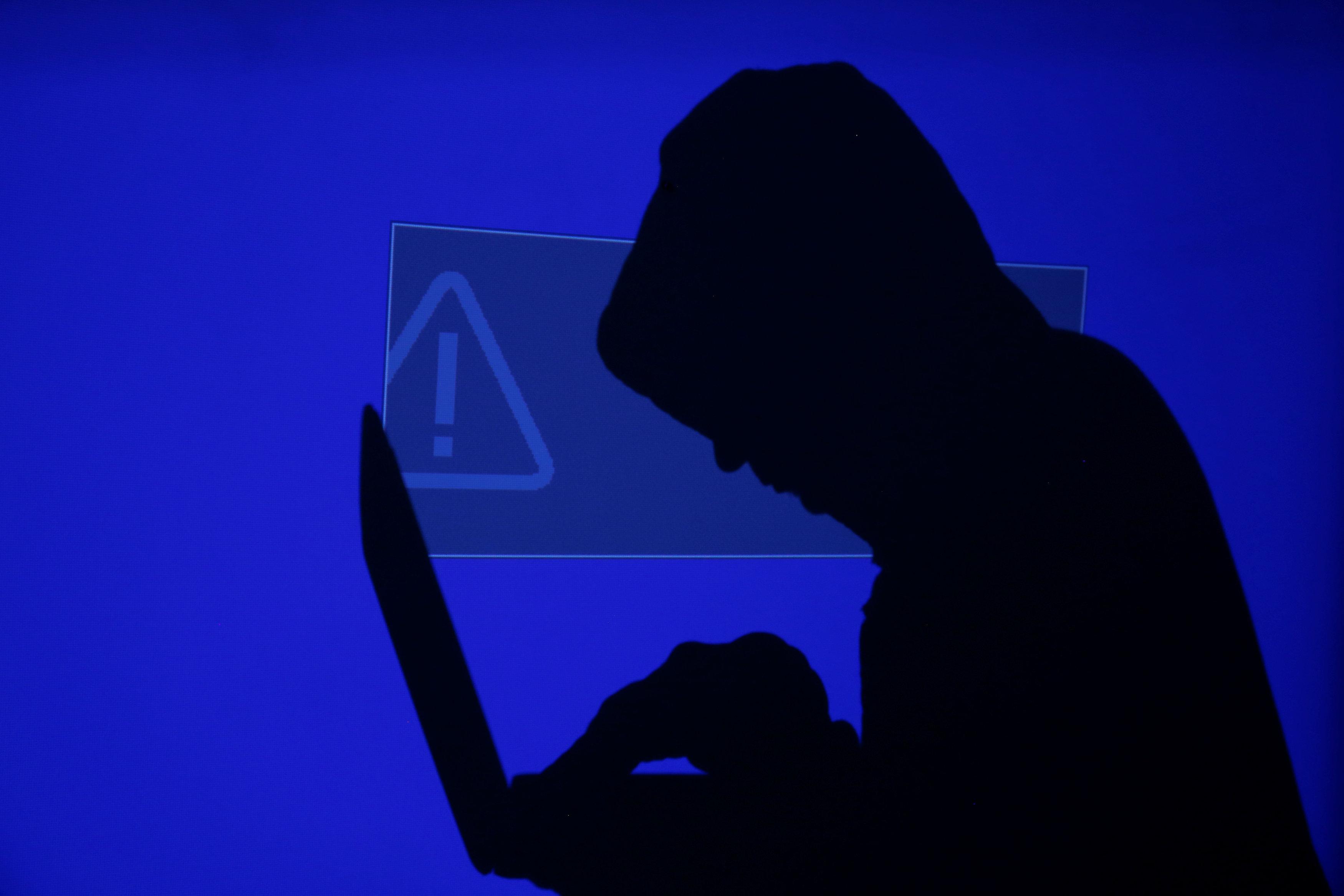Yes, social media harassment is considered a crime in the Philippines under the Cybercrime Prevention Act of 2012, which criminalizes various forms of online misconduct.

Legal Framework in the Philippines
Overview of Cybercrime Prevention Act of 2012
The Cybercrime Prevention Act of 2012, also known as Republic Act 10175, serves as the main legal instrument for addressing various forms of cybercrimes in the Philippines. This legislation broadly classifies cybercrimes into three categories: offenses against confidentiality, integrity, and availability of computer data and systems; computer-related offenses; and content-related offenses.
Relevant Laws and Regulations
In addition to the Cybercrime Prevention Act, other laws touch upon social media harassment:
- The Anti-Photo and Video Voyeurism Act of 2009: This law specifically targets the unauthorized sharing of explicit content.
- The Data Privacy Act of 2012: This regulates the collection and usage of personal data, including what can be disseminated on social media platforms.
- The Magna Carta for Philippine Internet Freedom: Although not yet a law, this proposed bill aims to cover the full breadth of internet rights and responsibilities, including anti-harassment measures.
Penalties for Social Media Harassment
Sanctions for social media harassment can vary depending on the severity and nature of the act:
- Imprisonment: Convicted individuals may face jail time, ranging from six months to twelve years depending on the offense.
- Fines: Monetary penalties can reach up to PHP 1 million.
- Civil Damages: Victims may also sue the offender for emotional distress and other psychological damages.
Types of Social Media Harassment
Cyberbullying
Cyberbullying involves the use of digital platforms, including social media, to intimidate, harass, or demean an individual. Often, the victims are minors, but adults can also fall prey to this form of harassment. Unlike traditional bullying, the perpetrator can remain anonymous, making it harder to hold them accountable. Forms of cyberbullying include name-calling, derogatory comments, and the spread of rumors or lies. The Cybercrime Prevention Act of 2012 in the Philippines considers cyberbullying as a punishable offense under content-related crimes.
Cyberstalking
Cyberstalking involves the use of electronic communication to stalk, intimidate, or make unwanted advances towards another person. Often more severe than cyberbullying, cyberstalking can escalate into threats of physical harm or even sexual violence. Victims may experience anxiety, depression, and a sense of helplessness due to the persistent nature of the harassment. Law enforcement agencies in the Philippines are increasingly addressing cyberstalking, primarily under the aforementioned Cybercrime Prevention Act.
Trolling
Trolling is the act of posting controversial or inflammatory content online to provoke others and stir discord. While some may argue that trolling is a form of free speech, it can cross into the realm of harassment when it targets individuals with the intent to harm. The blurry line between trolling and harassment makes it a complex issue for legal frameworks, including those in the Philippines, to tackle efficiently.
Doxing
Doxing involves the public release of someone’s private or sensitive information without their consent, usually for the purpose of intimidation or public shaming. This can include anything from revealing a person’s real name, workplace, or home address to publishing private photos or messages. In the Philippines, doxing could potentially fall under the Cybercrime Prevention Act or the Data Privacy Act of 2012, depending on the specific circumstances.

Impact of Social Media Harassment
Emotional and Psychological Consequences
The emotional and psychological toll of social media harassment is profound. Victims may experience increased levels of stress, anxiety, and depression. Some may even show signs of post-traumatic stress disorder (PTSD). A sense of isolation and helplessness can be overwhelming, making it difficult for victims to seek help or speak out. In severe cases, this could lead to suicidal thoughts or self-harm. Notably, the consequences are not limited to the victims; bystanders and family members can also experience emotional distress. Organizations like the World Health Organization have raised concerns over the mental health implications of online harassment.
Real-world Repercussions
The impact of social media harassment extends beyond the digital realm. Victims might face challenges such as:
- Job Loss: Employers, upon discovering online harassment, might decide to terminate employment, either due to reputational concerns or workplace dynamics.
- Social Isolation: The fear of being further targeted might lead victims to isolate themselves socially, affecting their quality of life.
- Legal Implications: Depending on the jurisdiction, victims may need to navigate complex legal processes to seek justice, which can be emotionally and financially draining.
- Stigmatization: The community may unfairly stigmatize victims, causing lasting damage to their social standing.
Challenges in Addressing Social Media Harassment
Enforcement Issues
Despite existing laws like the Cybercrime Prevention Act of 2012, enforcing rules against social media harassment remains a significant challenge. Several factors contribute to this difficulty:
- Anonymity: Perpetrators often hide behind fake profiles, making it hard to identify and apprehend them.
- Jurisdiction: Many social media platforms operate globally, complicating legal efforts to hold perpetrators accountable.
- Lack of Resources: Law enforcement agencies may lack the technical skills or manpower to adequately address the issue.
Technical Challenges
Technical issues also pose obstacles to combating social media harassment. Among these are:
- Encryption: Many social media platforms use end-to-end encryption, making it difficult to track or record harassing messages.
- Algorithmic Amplification: Social media algorithms often amplify sensational or controversial content, inadvertently promoting harassment or abuse.
- Data Storage: The transient nature of some social media posts, such as stories or temporary messages, can make evidence collection challenging.
Ethical Considerations
There are also ethical dilemmas to consider when addressing social media harassment:
- Privacy vs. Security: Striking the right balance between an individual’s right to privacy and the need for security is complicated.
- Free Speech: Defining the boundaries of free speech and harassment can be controversial, often leading to heated debates.
- Victim Blaming: There’s a tendency for some to blame victims for their harassment, questioning their behavior or online activity instead of holding the perpetrators accountable.

Preventive Measures and Solutions
Role of Social Media Platforms
Social media platforms play a pivotal role in both facilitating and preventing harassment. Here’s how they can actively combat it:
- Enhanced Moderation: Implementing more robust content moderation protocols to quickly identify and remove harassing content.
- User Reporting: Streamlining the user reporting process to make it easier for victims to flag harassment.
- Algorithmic Changes: Tweaking algorithms to ensure they don’t amplify harmful or abusive content.
- Collaboration: Partnering with organizations like Cyber Civil Rights Initiative to offer resources and support to victims.
Role of Law Enforcement Agencies
Law enforcement agencies have a part to play in preventing and addressing social media harassment. Their roles include:
- Swift Response: Improving response time to reported cases, ensuring immediate action is taken.
- Expertise: Training specialized units in cybercrime to handle the technical complexities involved.
- Cross-Border Collaboration: Partnering with international law enforcement agencies to tackle harassment that crosses jurisdictions.
- Legal Action: Proactively prosecuting offenders to set legal precedents and discourage future harassers.
Public Awareness and Education
Educating the public about the dangers and legal repercussions of social media harassment is another vital aspect. Methods to do this include:
- School Programs: Integrating cyber hygiene and online ethics courses into school curriculums.
- Public Campaigns: Running public service announcements or campaigns, in partnership with organizations like Stop Online Violence Against Women.
- Resource Centers: Establishing public resource centers where individuals can learn about how to protect themselves online and what to do if they become victims.
- Media Partnerships: Collaborating with media outlets to disseminate information about the negative impacts of social media harassment and the existing legal framework.

Comparison with Other Countries
Legal Measures in Other Jurisdictions
Different countries have unique legal approaches to tackling social media harassment. A comparative look reveals:
- United States: Laws such as the Communications Decency Act offer some measure of protection against online harassment but are often criticized for being outdated.
- United Kingdom: The Malicious Communications Act and the Protection from Harassment Act provide more targeted legal remedies against online harassment.
- Germany: The Network Enforcement Act requires social media platforms to remove hate speech and fake news within a specific timeframe.
- India: The Information Technology Act addresses cyber harassment, although it has faced criticism for not being comprehensive enough.
- Australia: The Enhancing Online Safety Act focuses specifically on the issue of cyberbullying against children.
This comparative analysis suggests that legal measures vary widely, often influenced by cultural attitudes, technological sophistication, and the influence of civil liberties organizations.
Cultural Factors Affecting Implementation
The effectiveness of laws against social media harassment also depends on cultural factors:
- Societal Norms: In some countries, harassment might be trivialized or normalized, making it harder to enforce laws.
- Gender Roles: Prevalent gender norms can influence how seriously complaints of online harassment are taken, especially against women or LGBTQ+ individuals.
- Digital Literacy: The level of digital literacy can impact both the incidence of harassment and the effectiveness of legal remedies.
- Public Opinion: The public’s stance on issues like free speech and privacy can either support or hinder legislative changes to combat social media harassment.